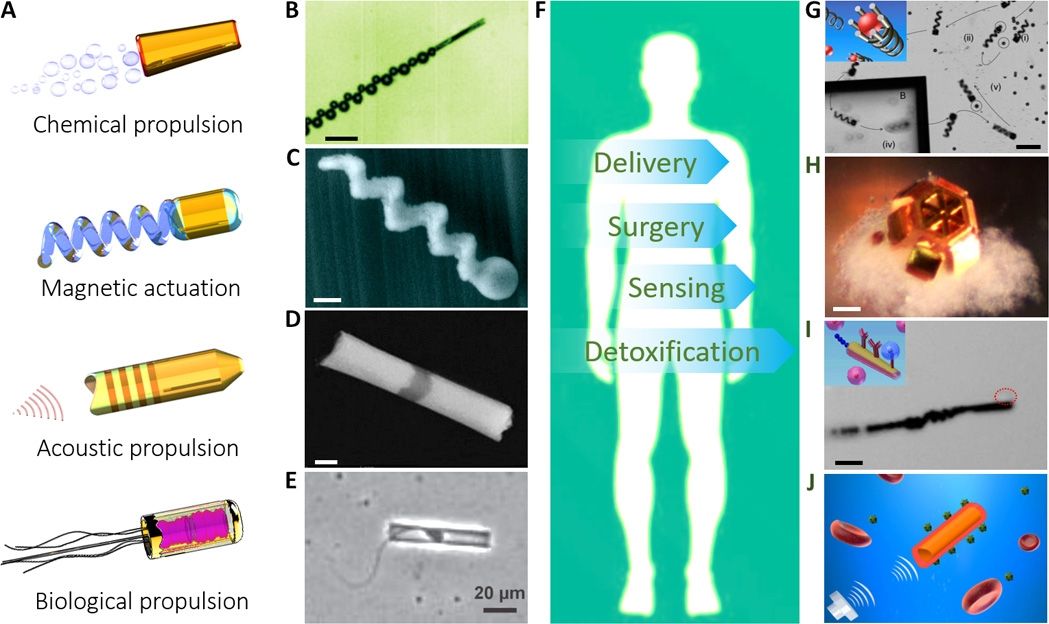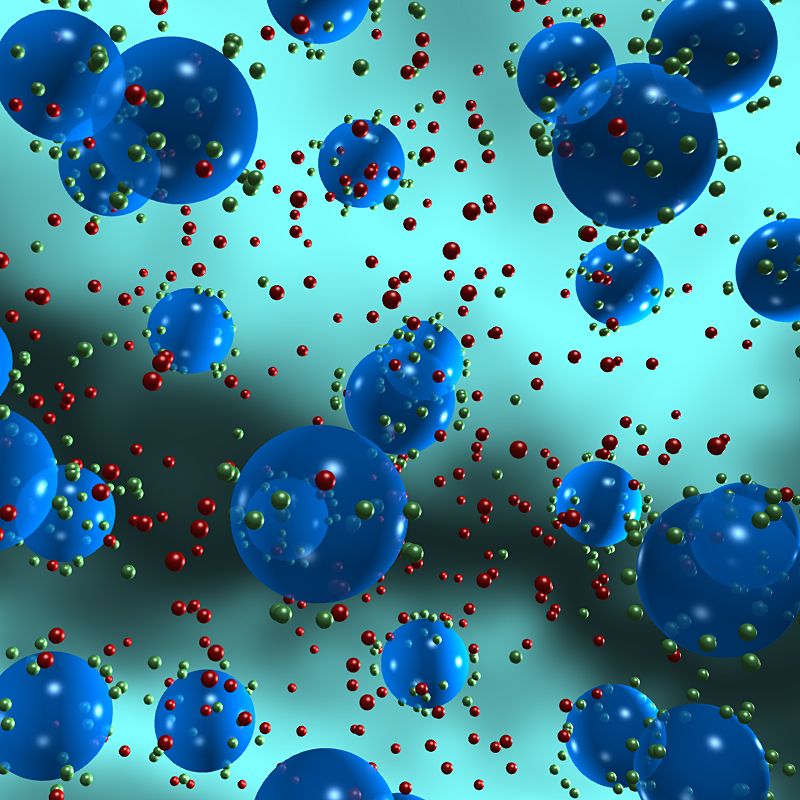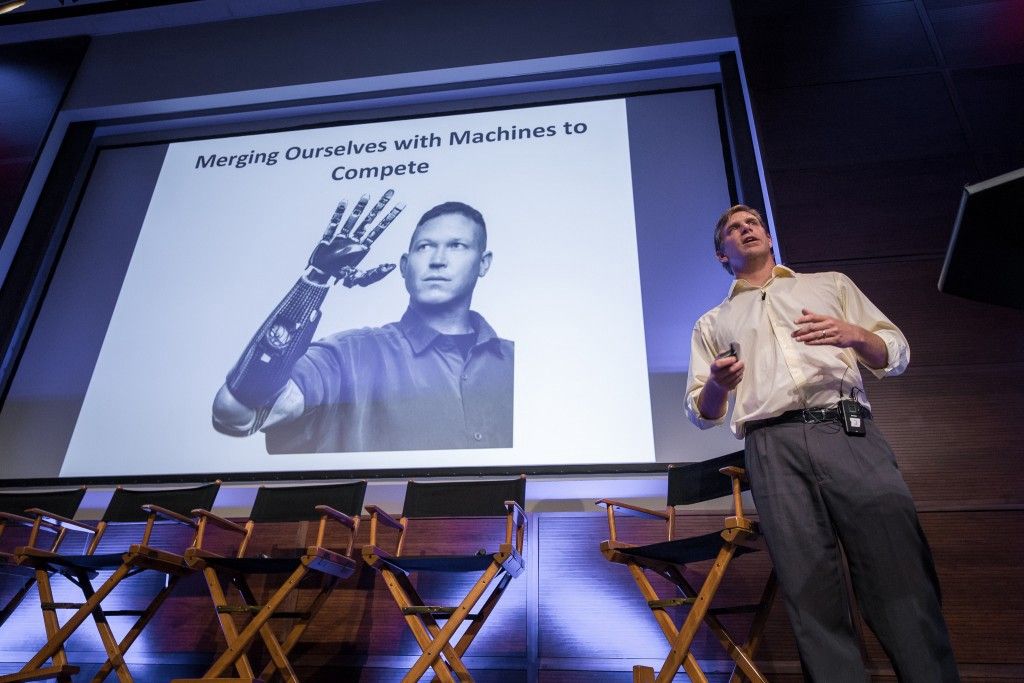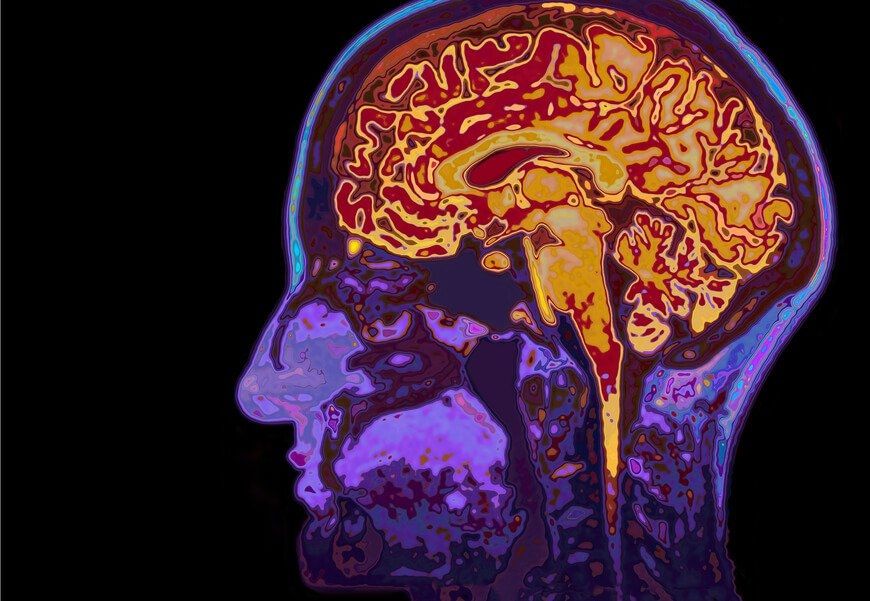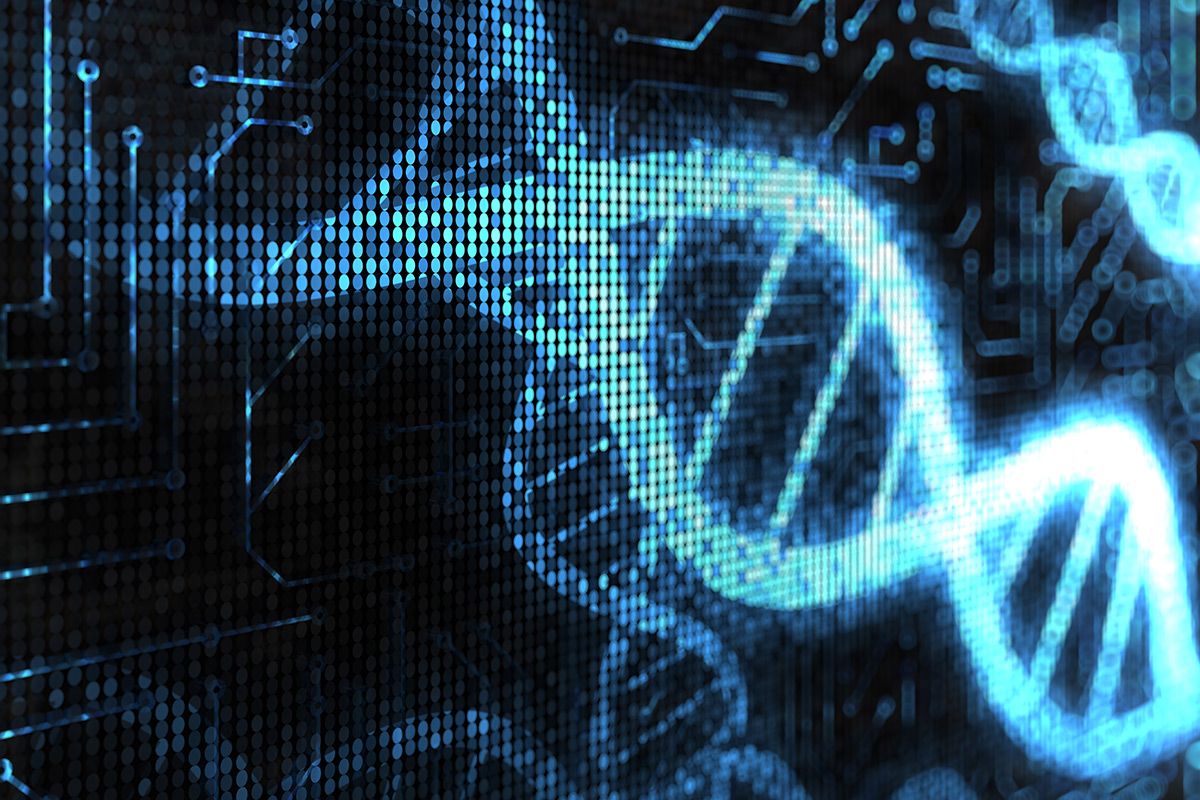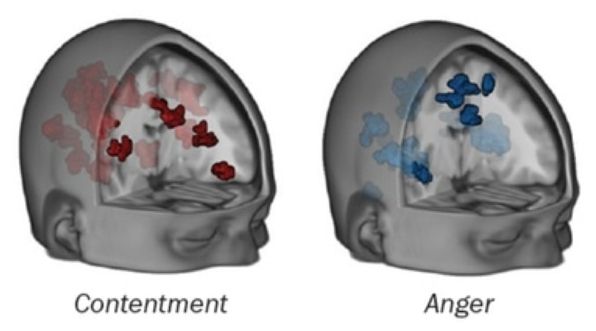Mar 8, 2017
Micro/nanorobots for biomedicine: Delivery, surgery, sensing, and detoxification
Posted by Klaus Baldauf in categories: biotech/medical, nanotechnology, robotics/AI
Micro- and nanoscale robots that can effectively convert diverse energy sources into movement and force represent a rapidly emerging and fascinating robotics research area. Recent advances in the design, fabrication, and operation of micro/nanorobots have greatly enhanced their power, function, and versatility. The new capabilities of these tiny untethered machines indicate immense potential for a variety of biomedical applications. This article reviews recent progress and future perspectives of micro/nanorobots in biomedicine, with a special focus on their potential advantages and applications for directed drug delivery, precision surgery, medical diagnosis, and detoxification.
